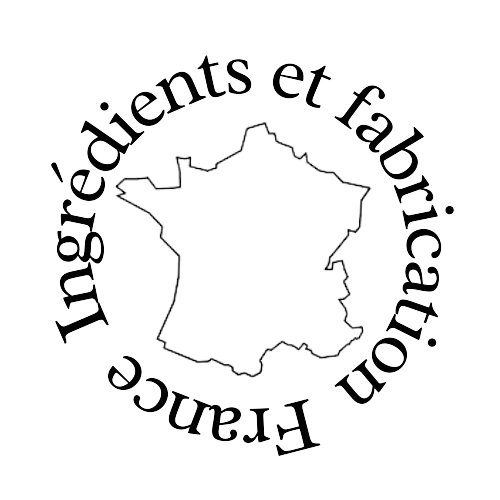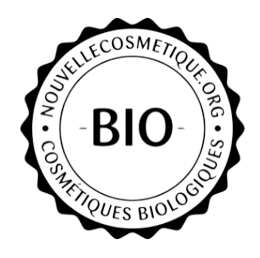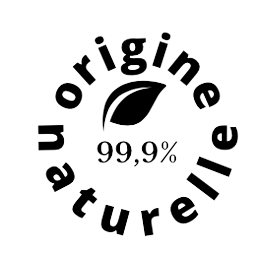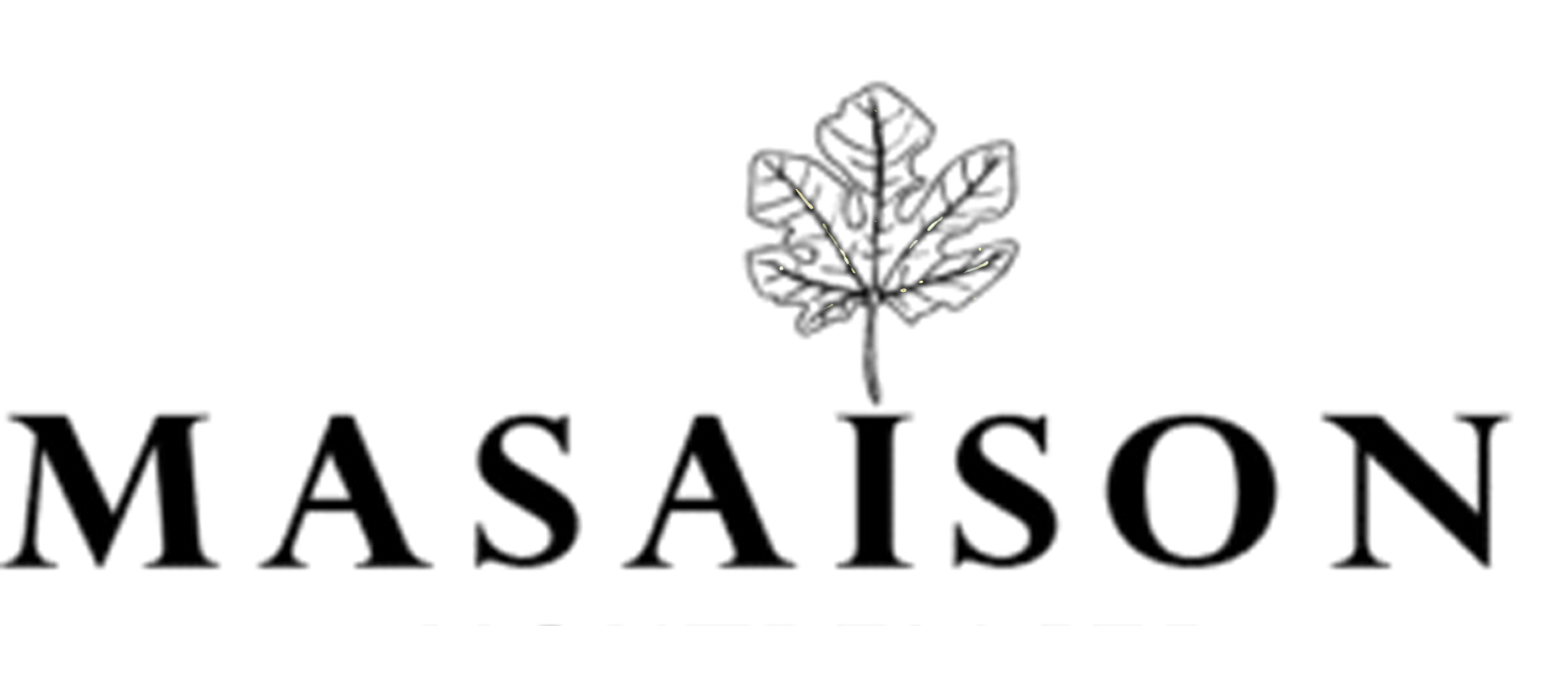Livraison offerte dès 50 euros d'achat
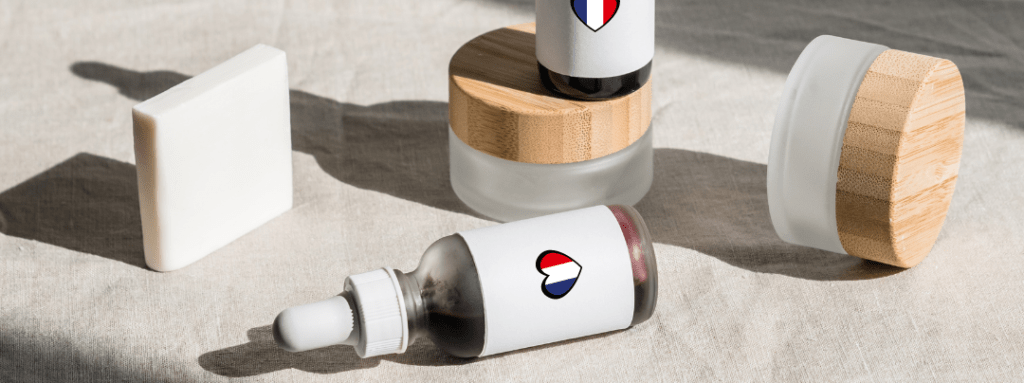
"Made in France": a misleading claim?
July 2024 | by María Gutiérrez
Have you ever read the ingredients of a product labelled "Made in France" and seen shea butter as the first ingredient? Today, more and more brands claim to be 'Made in France', and some even go so far as to claim that 100% of their ingredients are French. There's even a statement that you're sure to have seen on several products in the form of a "Made in France" label or the "Origine France Garantie" label. This new wave of French products is very positive, both ecologically and economically, but unfortunately in some cases this designation can be misleading. We explain:
The Made in France label
The "Made in France" label is an indication that each company is free to place on its products. It is not awarded by a body, but there are rules to follow if you want to put this claim on a product. The words "Fabriqué en France" can be used if the product has been completely manufactured in France (French raw materials and manufacture in France) or if the last substantial transformation of the product took place in France.¹
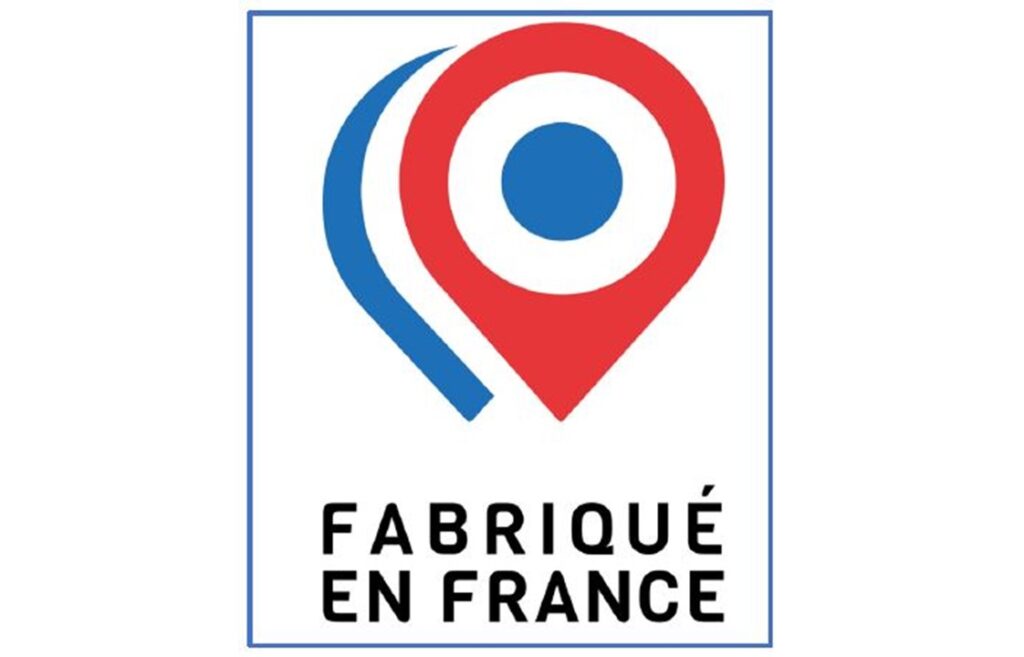
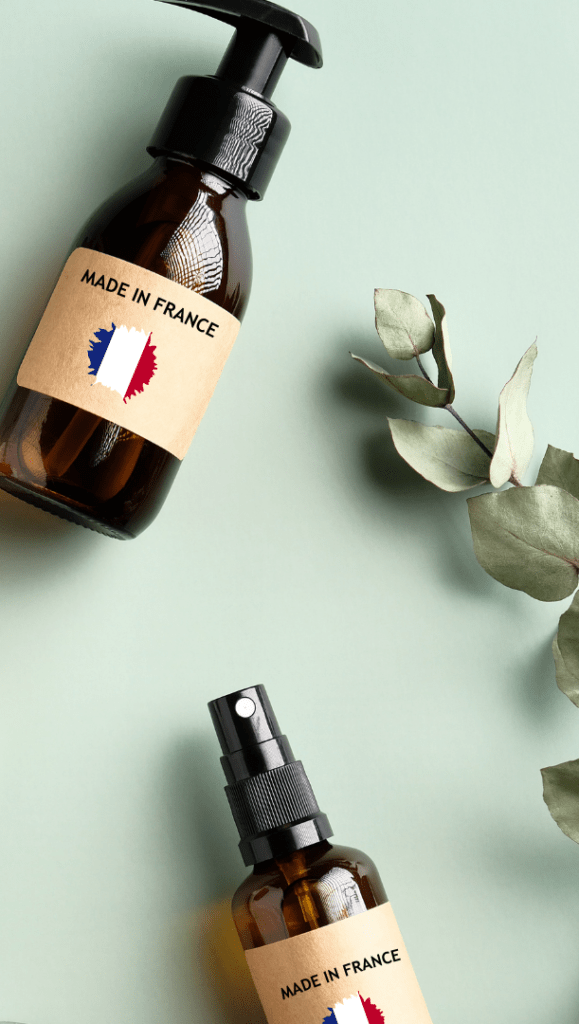
What's the latest substantial transformation?
This term may seem vague. In reality, it depends on the sector. For the majority of industrial products, it means that at least a percentage of the product's added value must take place in France. For cars, for example, 45% of the value added must be produced in France.
What about cosmetics?
For cosmetics, there must be a "change of customs code". A change of customs code occurs when the original products have undergone a significant transformation that justifies them being reclassified under a new code in the customs system. For example, if foreign raw materials are used, such as essential oils from Morocco and emulsifiers from Spain, and they are blended in France to produce a cream with different characteristics to the original product, this new product will have a new customs code and may therefore be labelled "Fabriqué en France". This means that a product labelled "Fabriqué en France" can be made exclusively from foreign raw materials.
Masaison creams with ingredients sourced in France
Discover our range of vegan and organic summer creams with ingredients sourced in France. Enriched with fig, our main ingredient, these creams offer intense hydration while providing a refreshing sensation ideal for hot summer days.
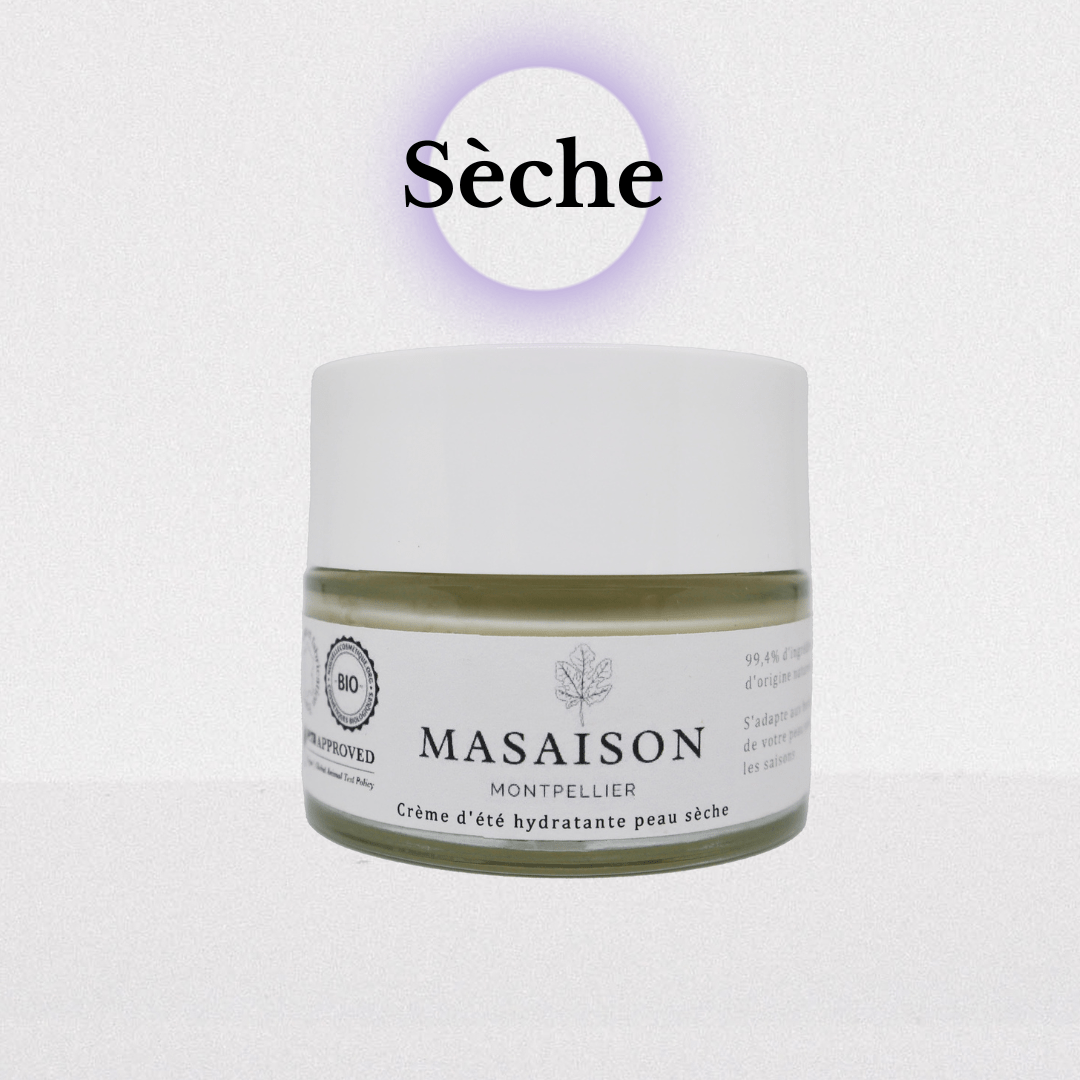
Moisturising summer cream for dry skin
Natural summer cream with fig, camelina, cherry and carrot. Specially designed for dry skin.
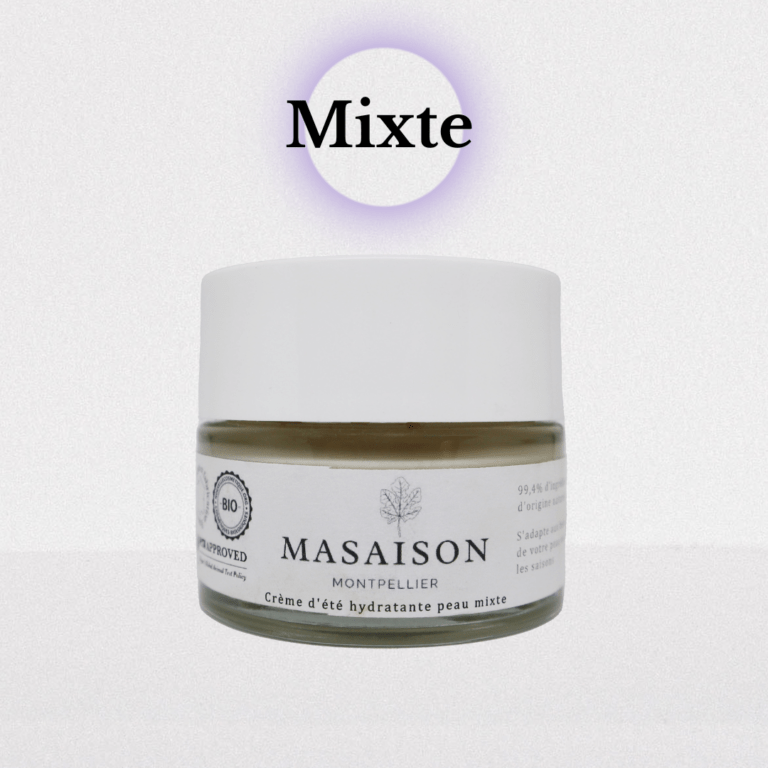
Moisturising summer cream for combination skin
Natural summer cream with fig, chia, elderberry and grape. Specially designed for combination skin.
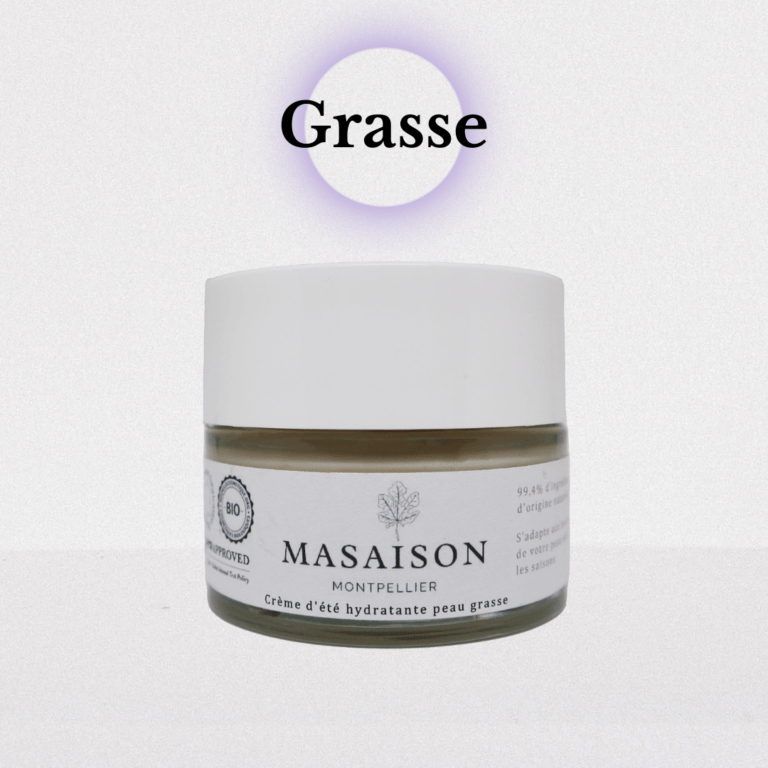
Moisturising summer cream for oily skin
Natural summer cream with fig, St John's wort, rice and black cumin. Specially designed for oily skin.
The "Origine France Garantie" label
This label is awarded by certification bodies, and is therefore a more regulated label than "Made in France". To obtain this certification, the product must meet two criteria:
- The place where the product takes its essential characteristics is located in France.
- At least 50% of the unit cost price is acquired in France.²
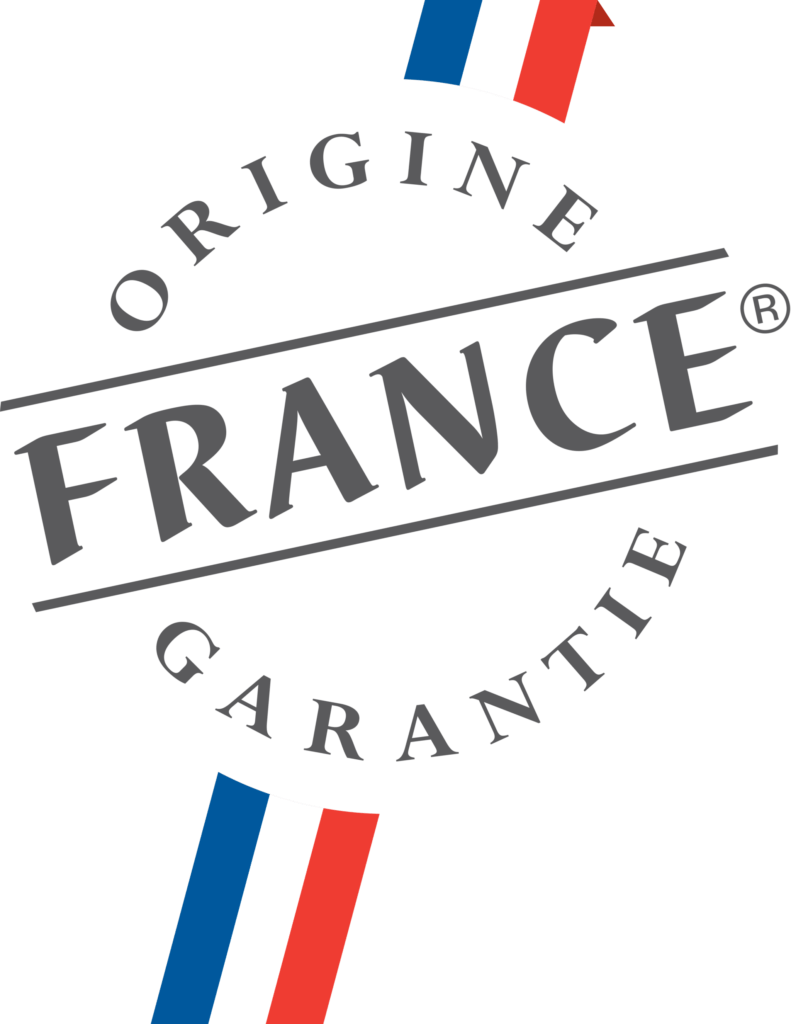
For cosmetics, this means that the design, creation, R&D and purchase of raw materials and packaging items can take place abroad, but the formulation or bulk manufacture and packaging must take place in France. What's more, if one of the ingredients used in the formulation can be found in sufficient quantities in France, the ingredient must be French. In the case of soaps, the bondillons (soap base) must also be made in France. This prevents a company from importing ready-made soap bases and simply adding essential oils to say that it is "French origin".
French ingredients
Warning! The claim "French ingredients" can be just as misleading as "Made in France" (or even more so). An ingredient can be said to be French as soon as it has undergone its last substantial modification in France, as is the case for finished products. For example, imported coconut oil that has been processed in France (esterified, hydrogenated or saponified, for example) can be marked as a French ingredient, even though there are clearly no coconut trees in the region.
What's more, there aren't really any precise rules on what can be said about the ingredients of a cosmetic product. According to the French Consumer Code, information on labels must not mislead consumers as to the origin, nature, quality or composition of products, but there is no precise standard as to what can be designated as French or not in the context of ingredients. To be sure that the ingredients are of French origin and not just processed in France, look for the indication 'ingredients sourced in France' (as at Masaison). 
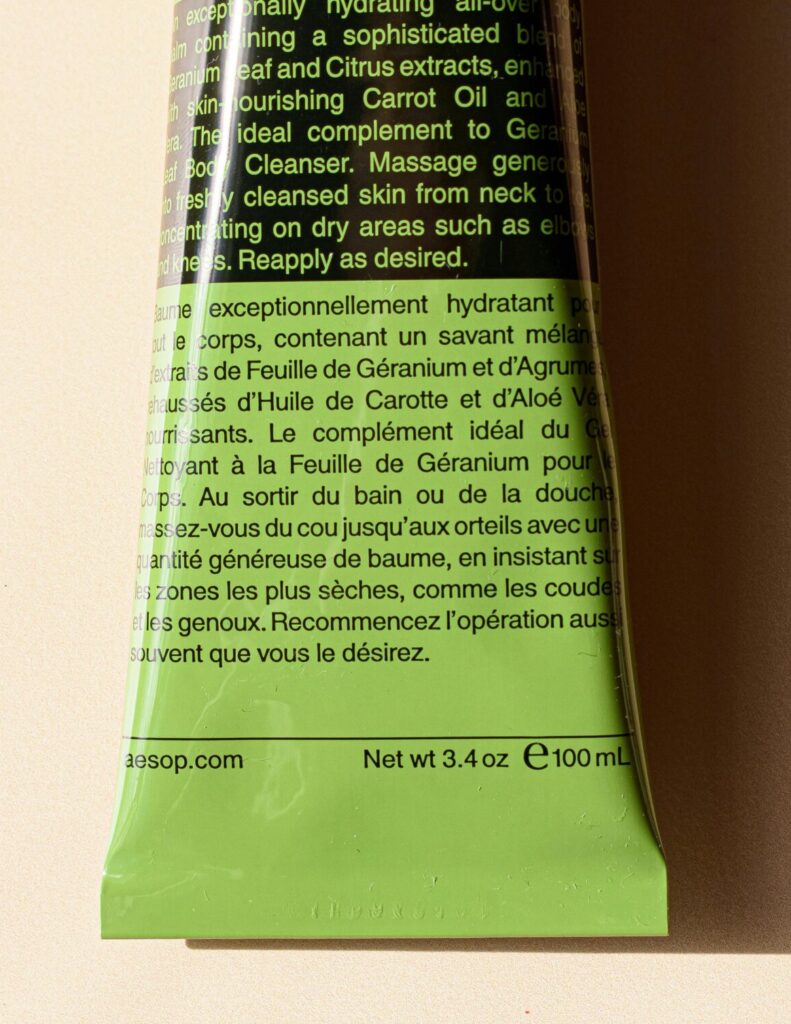
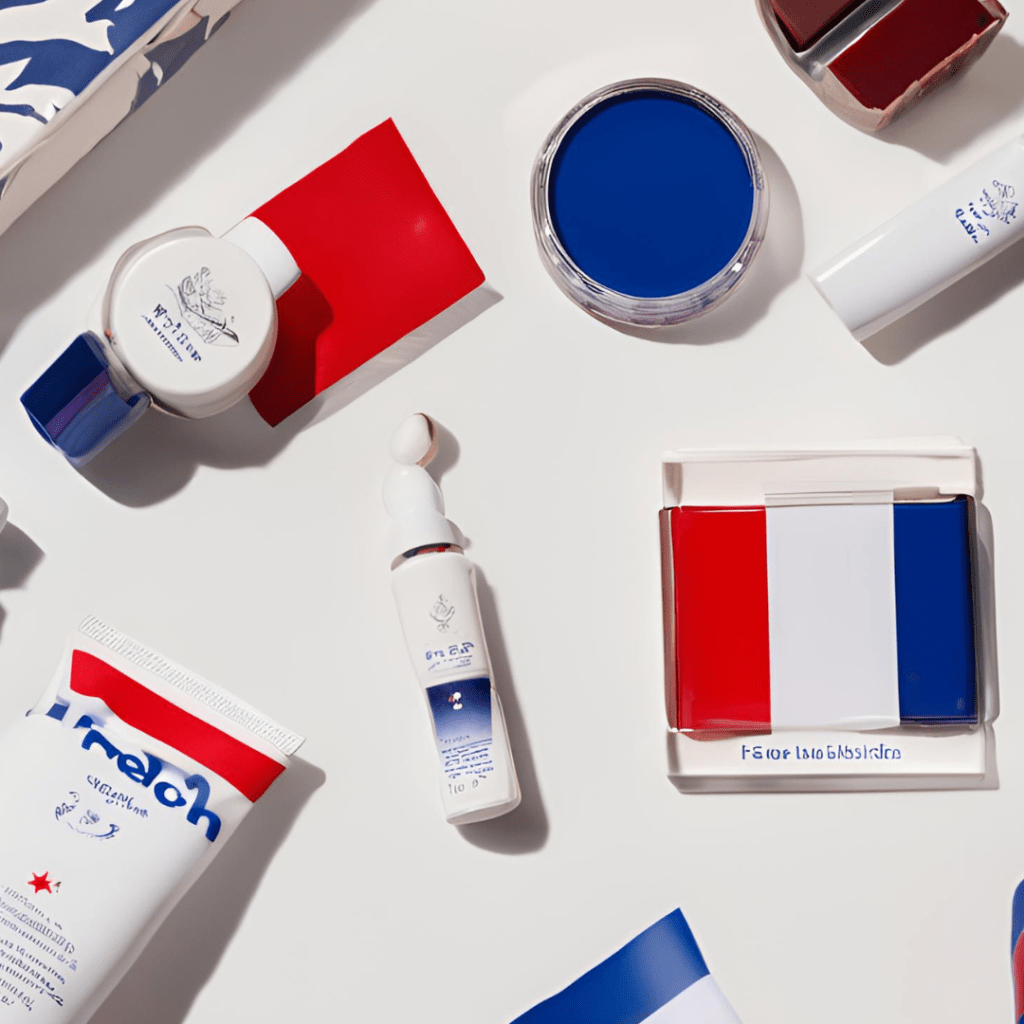
Other ambiguities
Finally, look out for other claims you may find on products. There are variations of "Made in France" that many companies like to use to avoid its regulations, such as "Conditionné en France", "Packaging made in France", "Conçu en France", "Design made in France", and other variations. What's more, if the packaging has the colours of France or a French flag, this does not necessarily indicate that the product is made in France. Putting any of these indications on a product can be considered by the government as a misleading practice and, if the company cannot justify these claims, it risks being fined.
All this to say...
The truth is that producing with 100% ingredients sourced in France is an even greater challenge than you might imagine, and at Masaison we know this very well. There are ingredients needed to make cosmetics that are not produced in France, so making the effort to have French production and trying to have a majority of local ingredients is admirable. The important thing is always to be transparent with consumers and not to suggest that 100% of the ingredients are French when this is not the case.
Unfortunately, there are a number of companies who take advantage of the ambiguity of these regulations to sell products as "Made in France" when in fact they only use foreign ingredients and make no effort to find local options. This article aims to inform you about what you can expect from a "Made in France" product and to encourage you to read the ingredients on products and not just rely on the claims. If you're interested, here are some non-French ingredients often found in "Made in France" products:
Examples of non-French ingredients :
- Coconut Oil (Cocos Nucifera Oil) - Native to tropical regions
- Shea butter (Butyrospermum Parkii Butter) - Native to West and Central Africa.
Coconut oil or shea butter are often needed to make solid soaps or shampoos, as there are no vegan alternatives in France.
- Argan oil (Argania Spinosa Kernel Oil) - Originally from Morocco.
- Jojoba Oil (Simmondsia Chinensis Seed Oil) - Native to North America.
- Avocado Oil (Persea Gratissima Oil) - Native to Central and South America.
- Coco-Caprylate/Caprate - Derived from coconut oil and caprylic esters, which are imported raw materials.
We hope this article will help you to better understand the terms "Made in France" and "Origine France Garantie", and to make informed choices when buying cosmetics. Pay close attention to labels and ingredients to support truly local and transparent production.
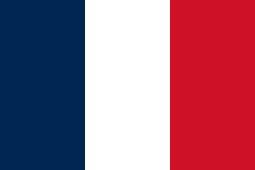
Looking for cosmetics with ingredients sourced in France?
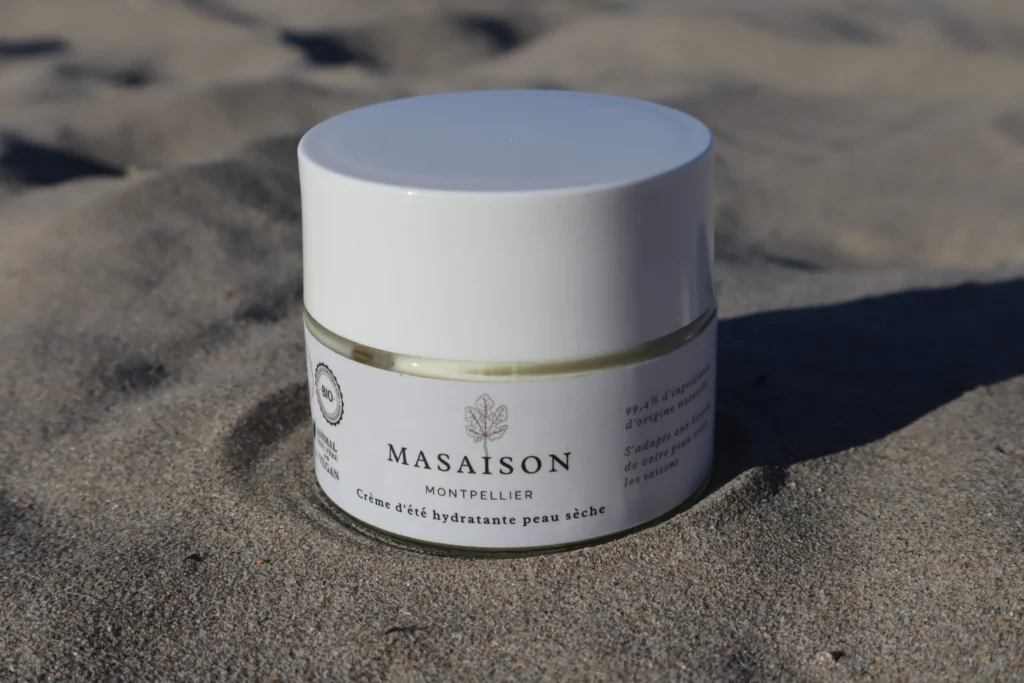
At Masaison we make cosmetics using ingredients sourced in France, natural, vegan, bio and above all seasonal. Our aim is to keep processing and waste to a minimum, so as to let the planet breathe, but also our skin. All the while guaranteeing effective, healthy moisturising.
